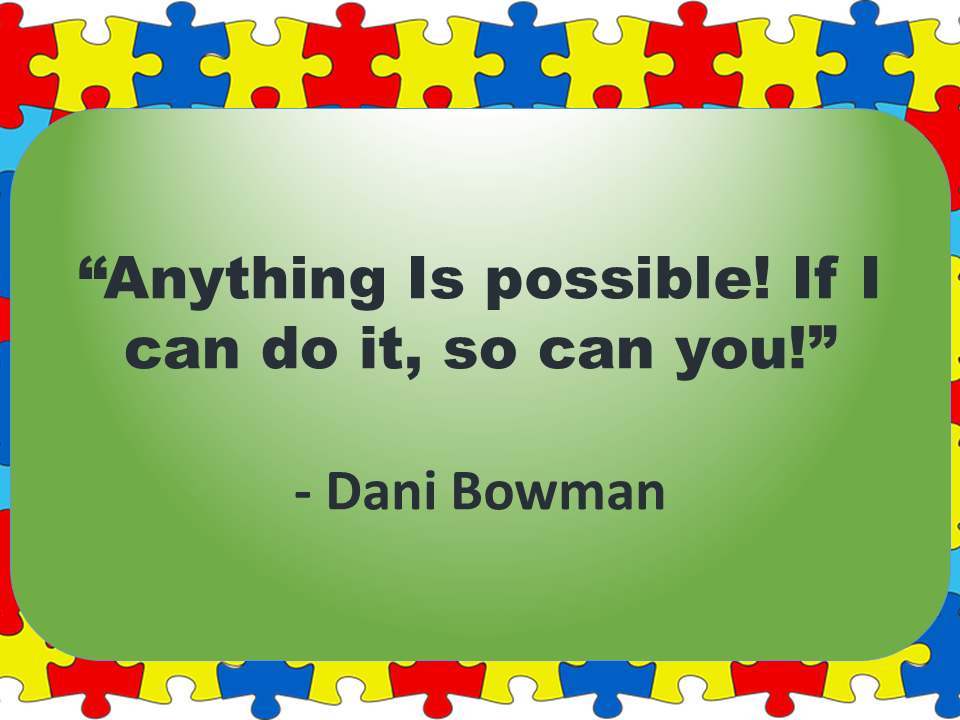Autism Spectrum Disorder (ASD) is a developmental condition that affects how individuals perceive the world and interact with others. With increasing awareness, more people are seeking to understand autism, its signs, and the experiences of those living with it. This post aims to provide a clear and accessible overview of autism.
- How Does One Know If They Are Autistic?
- What Are the Levels of Autism?
- Autism Tests: How Is Autism Diagnosed?
- Common Signs of Autism
- Autism in Adults: Signs and Experiences
- Life with Autism: Perspectives and Challenges
- How Does Autism Affect Someone?
- Autism Spectrum Medications and Treatments
- Autism Awareness Month : Building an Inclusive Society
- Resources for further reading on autism
How Does One Know If They Are Autistic?
Recognizing autism often begins with observing certain behaviors or challenges in communication, social interaction, and sensory processing. For children, signs may include delayed speech, difficulty in making eye contact, or repetitive behaviors. Adults may notice struggles with social relationships, sensitivity to sensory stimuli, or a preference for routines. Diagnosis typically involves assessments by specialists, including developmental pediatricians, psychologists, or neurologists.
What Are the Levels of Autism?
Autism is categorized into levels based on the support an individual requires:
- Level 1: Requires minimal support; individuals may have mild challenges in social interactions.
- Level 2: Requires moderate support; individuals may struggle with communication and adapting to changes.
- Level 3: Requires substantial support; individuals may have significant difficulties in daily functioning.
These levels help professionals tailor interventions to meet individual needs.
Autism Tests: How Is Autism Diagnosed?
Autism diagnosis involves a combination of observations, interviews, and standardized tests. Tools like the Autism Diagnostic Observation Schedule (ADOS) and the Autism Diagnostic Interview-Revised (ADI-R) are commonly used. Online quizzes can provide insights; they are not substitutes for professional evaluations.
Common Signs of Autism
Some common signs include:
- Difficulty in social interactions such as maintaining eye contact, prefering solitude, and delayed speech.
- Repetitive behaviors or routines, like hand-flapping, rocking, or spinning are common.
- Sensory sensitivities such as aversion to loud noises or bright lights.
- Intense focus on specific interests and topics like trains, numbers, or a particular hobby.
- Challenges in verbal and non-verbal communication
Autism in Adults: Signs and Experiences
Autism in adults may manifest differently than in children. Adults might experience:
- Difficulty in maintaining relationships
- Challenges in workplace communication
- A strong preference for routines
- Sensory sensitivities
- Intense focus on hobbies or interests
Many adults find relief and understanding through a diagnosis, which can help them access support and accommodations.
Life with Autism: Perspectives and Challenges
Life with autism is unique to each individual. While some may face challenges in communication or sensory processing, others excel in areas like problem-solving or creativity. Supportive environments and understanding communities play a crucial role in enhancing the quality of life for autistic individuals.
How Does Autism Affect Someone?
Autism affects individuals differently. It can influence communication, social interactions, and sensory experiences. Some may struggle with daily tasks, while others thrive in structured environments. The key is recognizing and supporting their strengths and challenges.
Autism Spectrum Medications and Treatments
While there is no cure for autism, treatments focus on managing symptoms and improving quality of life. Medications may be prescribed for associated conditions like anxiety or ADHD. Behavioral therapies, speech therapy, and occupational therapy are common interventions.
Autism Awareness Month : Building an Inclusive Society
Autism awareness has grown significantly in recent years, thanks to advocacy and education. Initiatives like Autism Awareness Month- April, and campaigns by organizations aim to foster understanding and acceptance. By embracing neurodiversity, society can create inclusive spaces for autistic individuals.
Autism is a spectrum, and every individual’s experience is unique. By learning and spreading awareness, we can build a more inclusive and supportive world for those with autism.
Resources for further reading on autism
- Autism Speaks: Offers toolkits and resources for individuals with autism and their families, covering topics like transitioning to adulthood and managing daily challenges.
- CDC Autism Resources: Provides educational materials, data, and awareness campaigns to support individuals with autism and their families.
- Autistic Self Advocacy Network: Focuses on self-advocacy and provides guides and resources for individuals with autism and their families.
- NICHD Autism Resources: Shares evidence-based resources and information on autism spectrum disorder, including clinical care recommendations.
- TEACCH Autism Program: Offers research-based resources and support for individuals with autism and their families.


